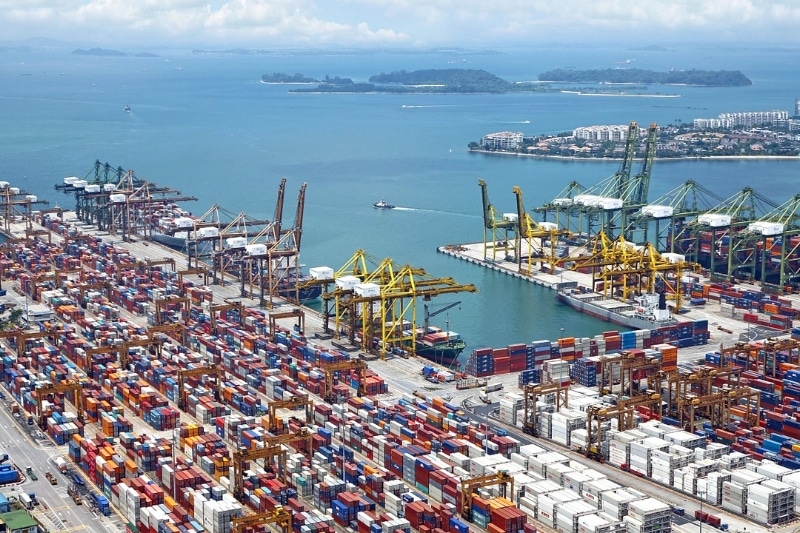According to a Prime Minister’s resolution approving the national seaport plan for 2021-2030 with a vision to 2050, Vietnam’s seaports are classified into different groups based on their scale and purpose. Besides, there will be improved connections between the seaport system and the national expressway, local road systems, railways, and waterway routes.
Notably, Vietnam currently has two special seaports, including Hai Phong in the north and Ba Ria Vung Tau in the south, fifteen first-class seaports, six second-class seaports, and thirteen seaports of third class. These seaports are able to carry around 10.3 million passengers and handle up to 1.423 million tons of cargo, including 38 to 47 million TEUs of container cargo. The total investment needed for the 2021-2030 phase is estimated at nearly USD 13.8 billion.
Despite the impact of the Covid-19 pandemic during mid-2021, several ports still recorded positive business results. Specifically, Hai Phong Port and Saigon Port reported net revenue of VND 2.2 trillion (USD 96.2 million) and VND 1.37 trillion (USD 59.9 million) in 2021, respectively. As Vietnam remains an attractive destination for FDI inflows that promote manufacturing and trade sectors, the country’s seaport industry is projected to handle 750 million tons of goods in 2022, up 3% compared to the previous year.
(Source: Hellenic Shipping News Worldwide)
